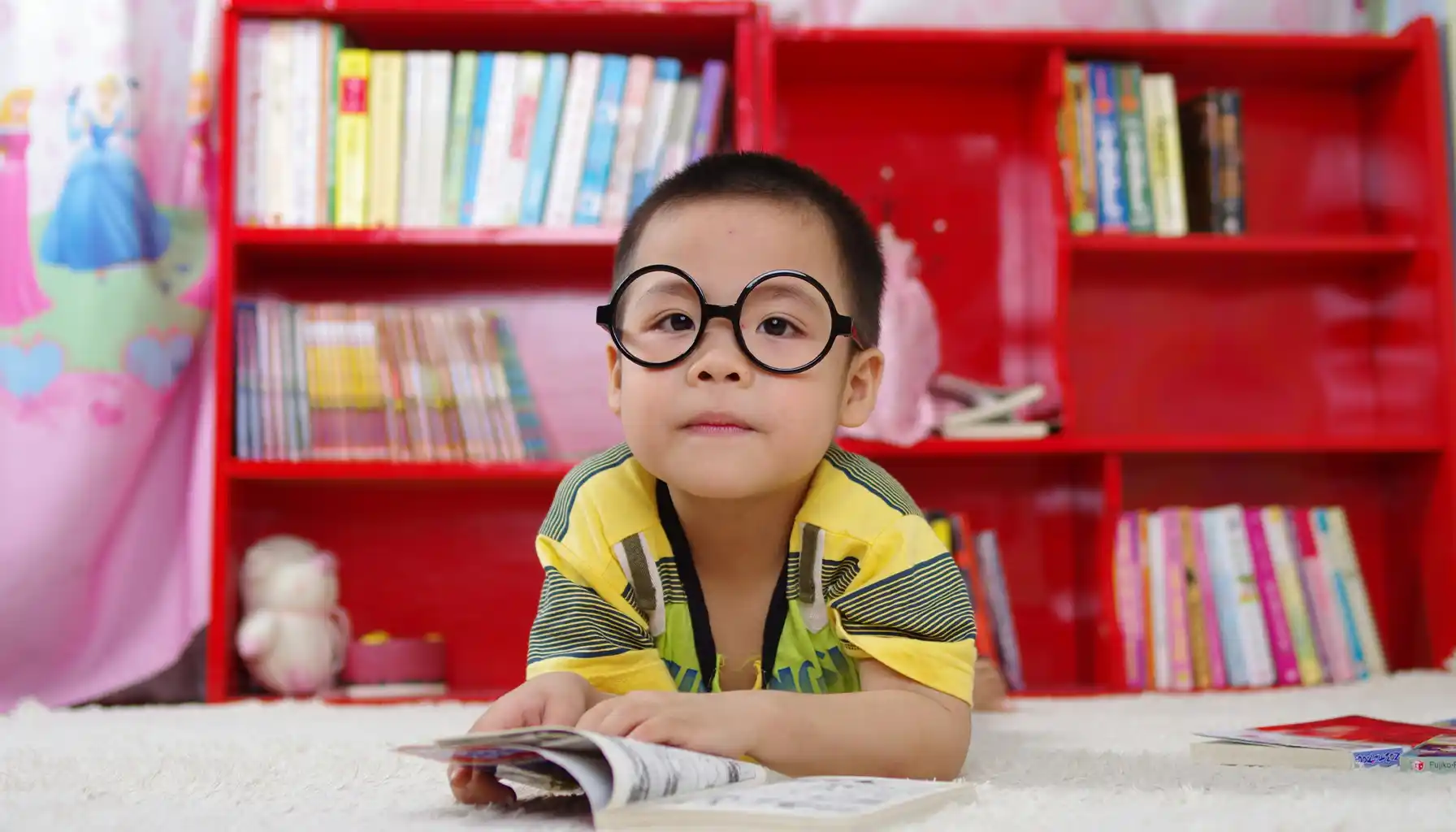Contents:
- What Is Hand-Eye Coordination and Why It Matters
- 10 Proven Exercises to Improve Hand-Eye Coordination
- Do Video Games Help Hand-Eye Coordination?
- Top Tools, Toys, and Activities That Boost Coordination
- Common Issues and How to Fix Bad Coordination
- Conclusion: Coordination is a Trainable Skill
- Mind Elevate Related Posts:
Hand-eye coordination links what you see with how you move. It helps you guide your hands in response to visual cues. This skill underlies tasks like typing, cooking, or driving safely. It also plays a key role in activities that demand quick reactions.
Strong hand-eye coordination boosts performance in sports, video games, and crafts. Lacking this skill can make it hard to catch, throw, pass, or shoot. You can sharpen it with simple drills that train your focus and timing. These cognitive training exercises also aid cognitive development in children and offer practical child psychology tips.

What Is Hand-Eye Coordination and Why It Matters
Hand-eye coordination definition refers to the brain’s ability to process visual information and guide motor actions. It answers the question what is hand eye coordination in simple terms.
Sensors in the eyes send signals to the brain, which then directs muscles in the hands. This physiological process shows what does hand eye coordination mean at a basic level. It also describes how eye and hand coordination work together to complete tasks.
You might ask why is hand eye coordination important in everyday life. Good eye to hand coordination helps athletes hit targets and musicians play instruments. Surgeons rely on precise hand to eye coordination for delicate operations. You can use a hand eye coordination chart to track your progress and set improvement goals.
Benefits of Strong Coordination
Helps with athletic precision
Supports manual dexterity
Improves learning in kids
Crucial for safe driving
Activity Type | Coordination Role |
Tennis | Racket timing and aim |
Surgery | Tool control and micro-movement |
Video games | Reflexes and screen scanning |
10 Proven Exercises to Improve Hand-Eye Coordination
1. Ball Toss Against Wall
This basic drill shows how to improve hand-eye coordination quickly. Stand a few feet from a solid wall and toss a ball at eye level. Catch the rebound with one hand, then switch.
Repeat for one minute without dropping the ball. Keep your eyes on the ball’s path. Increase your distance for added challenge.
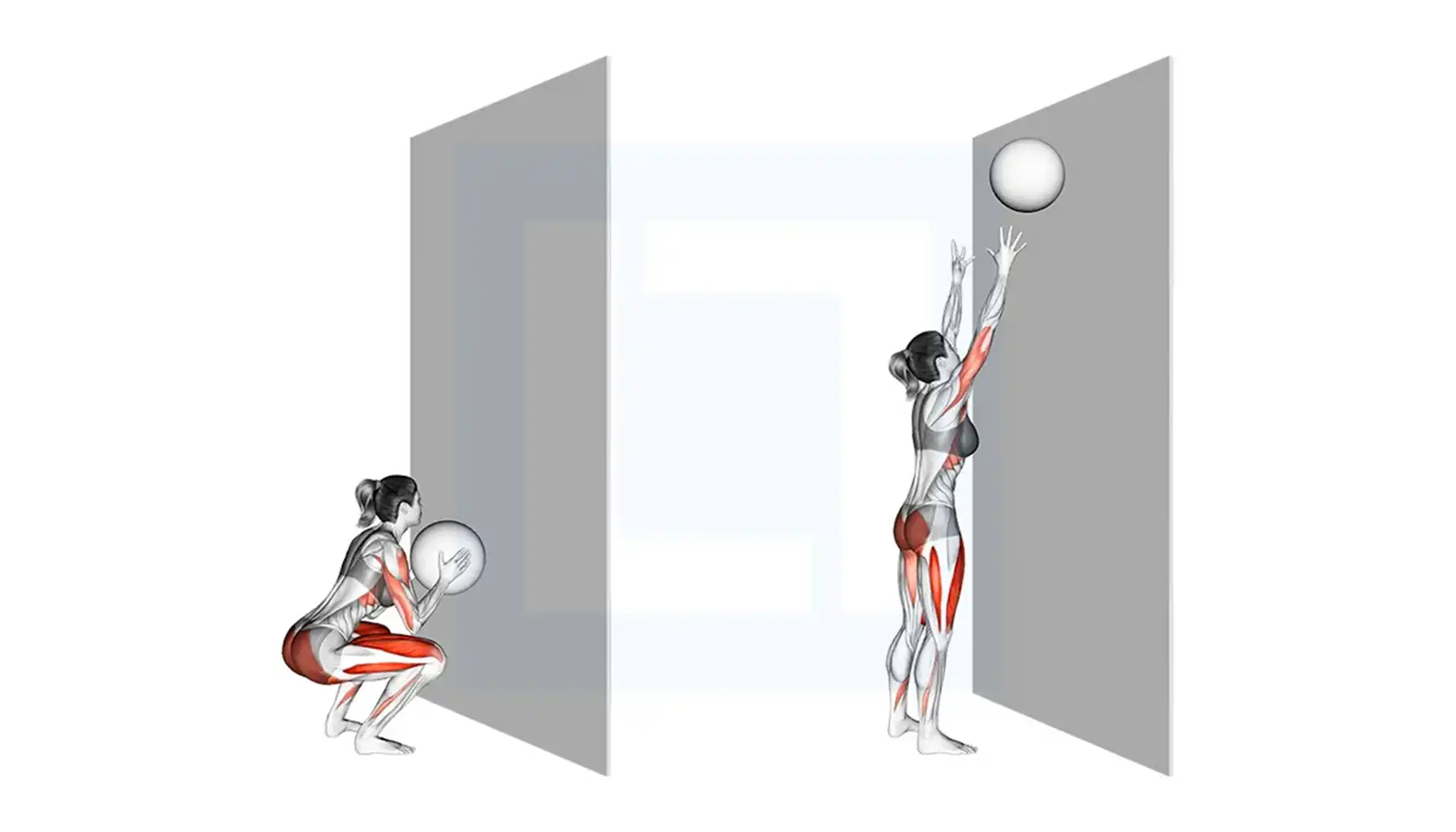
2. Juggling Two or Three Balls
Practice hand eye coordination drills by juggling soft balls. Start with two balls in one hand, then add a third. Keep your throws consistent and your gaze focused on the apex.
Work in short sets of thirty seconds. Rest briefly, then repeat. Track your toss height to maintain a steady rhythm.

3. Pencil Flip and Catch
This simple test of dexterity forms part of many hand eye coordination exercises routines. Flip a pencil end over end and catch it by the non-throwing end. Increase height as you improve.
Try different objects like markers or pens. Focus on your hand timing as the pencil turns. Challenge yourself by standing on one foot.

4. Coin Stack Transfer Drill
Set a stack of coins on a table and move them, one at a time, to another stack. This hand eye coordination activities exercise builds fine motor control and visual tracking.
Use both hands alternately for balanced skill. Time each trial and aim to beat your best time. Vary coin sizes to further refine precision.
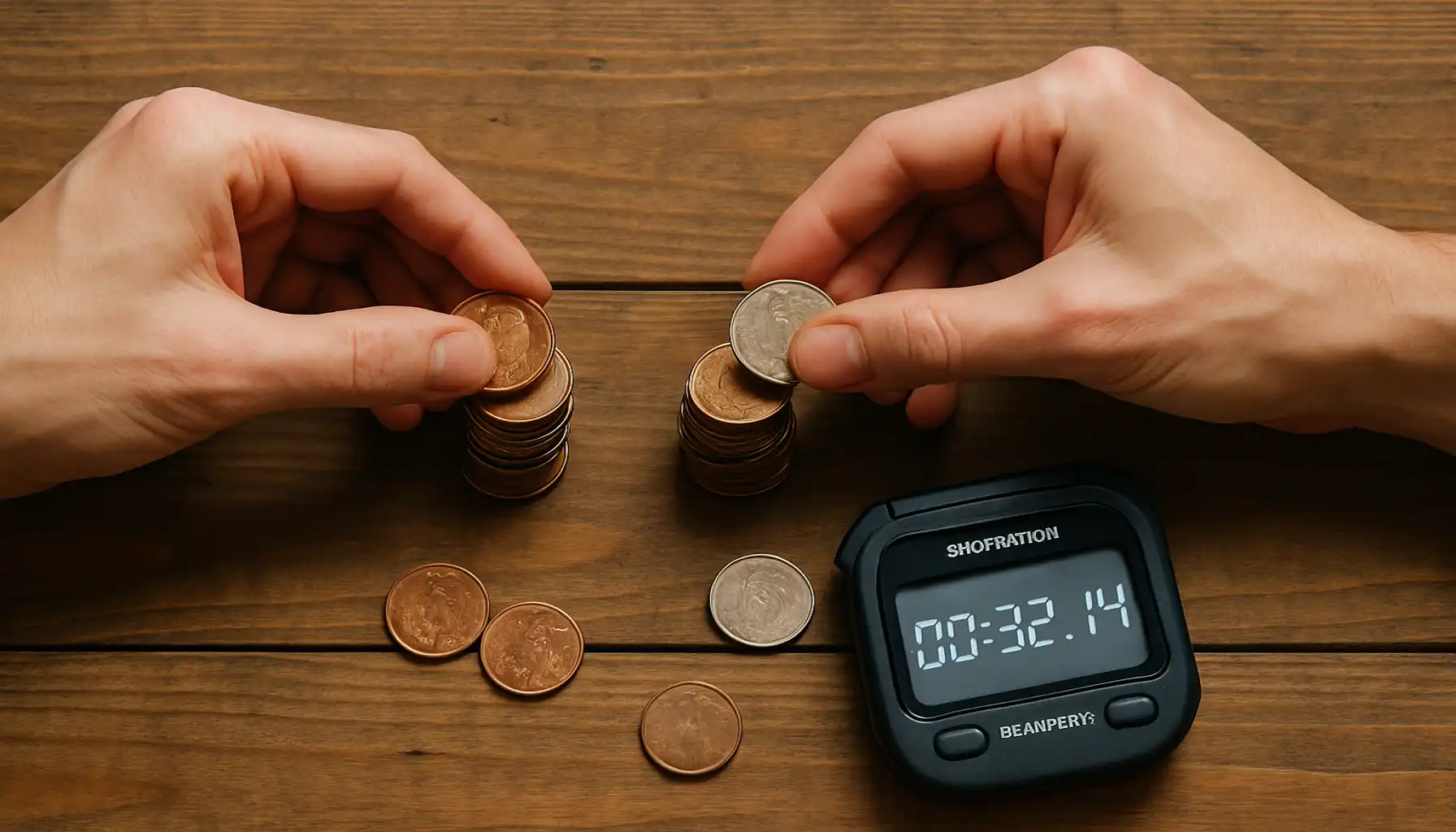
5. Follow-the-Laser Dot Drill
Have a partner sweep a laser dot across a wall. Track the dot with a pointer or your finger. This hand eye coordination training game enhances reaction speed and focus.
Change the dot’s speed and direction unpredictably. Keep your movements smooth and deliberate. Increase difficulty by tracking two dots at once.

6. Reaction Light Board
Use a board with random lights that flash in different spots. Tap each light as it appears. This drill shows how to train hand eye coordination under pressure.
Vary the light interval to test different speeds. Record your score each session to measure improvement. Add penalties for missed taps to up the stakes.
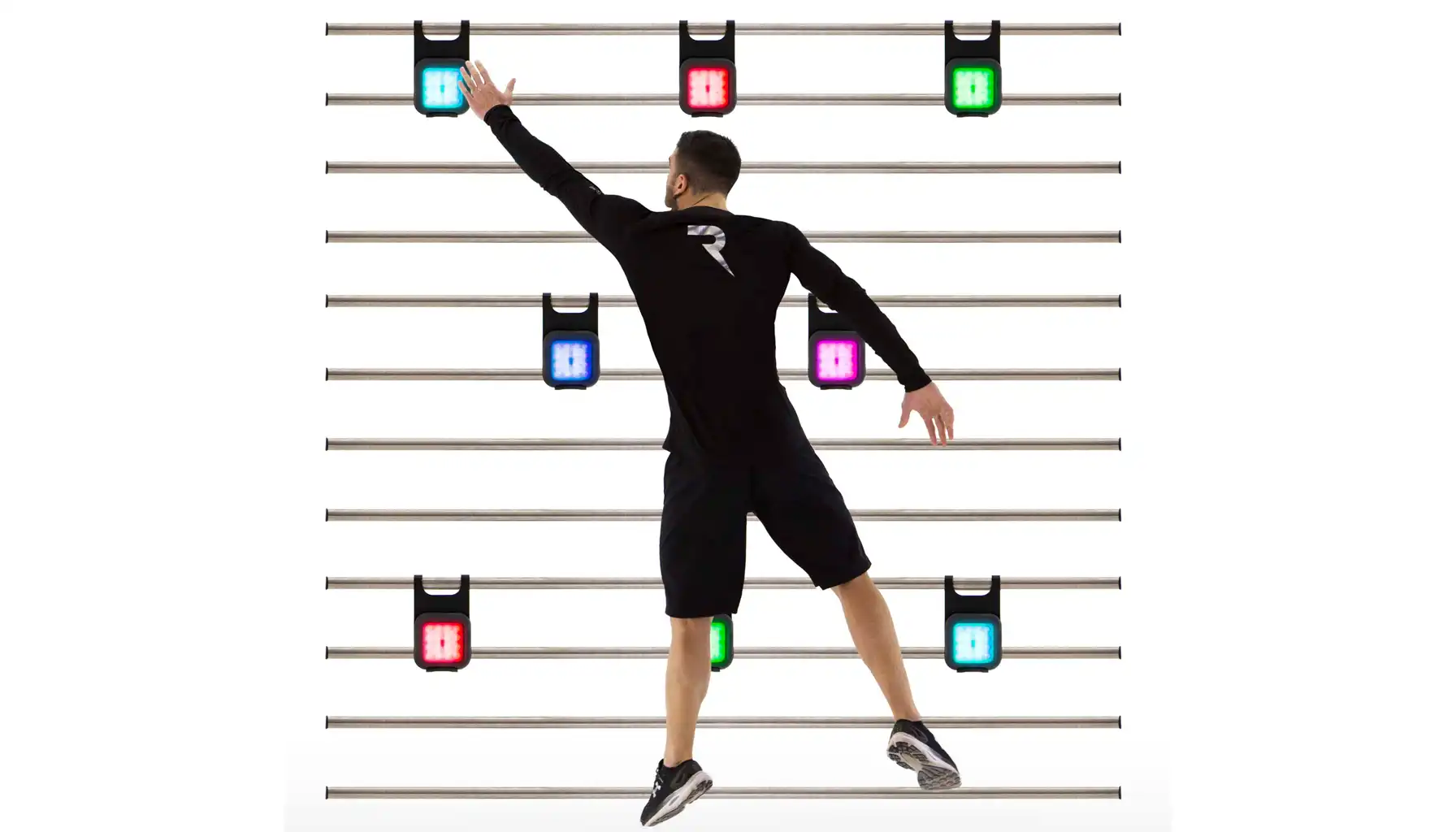
7. Clap-Catch-Clap Routine
Throw a small ball up, clap once, then clap again as you catch it. Repeat at different heights. This exercise tests timing and rhythm in your catches.
Switch to two claps between throws for extra challenge. Keep your eyes on the ball’s peak point. Use a metronome to set a consistent clap tempo.
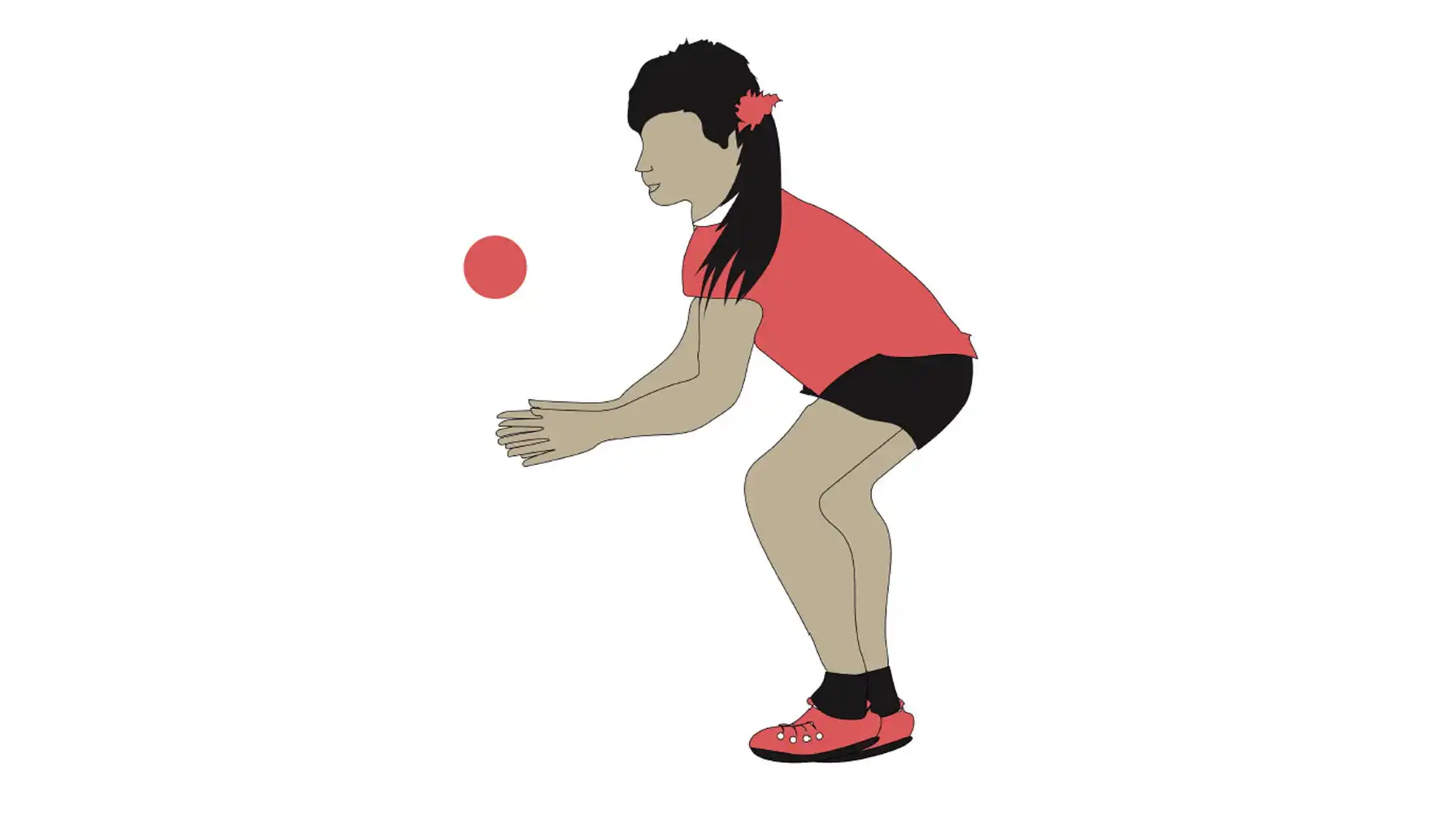
8. Target Stick Pointing
Hold a stick or dowel and point to random targets on a board. Work on speed and accuracy. This builds spatial awareness and control.
Move targets farther apart as you improve. Time each run to track progress. Alternate your dominant and non-dominant hand.
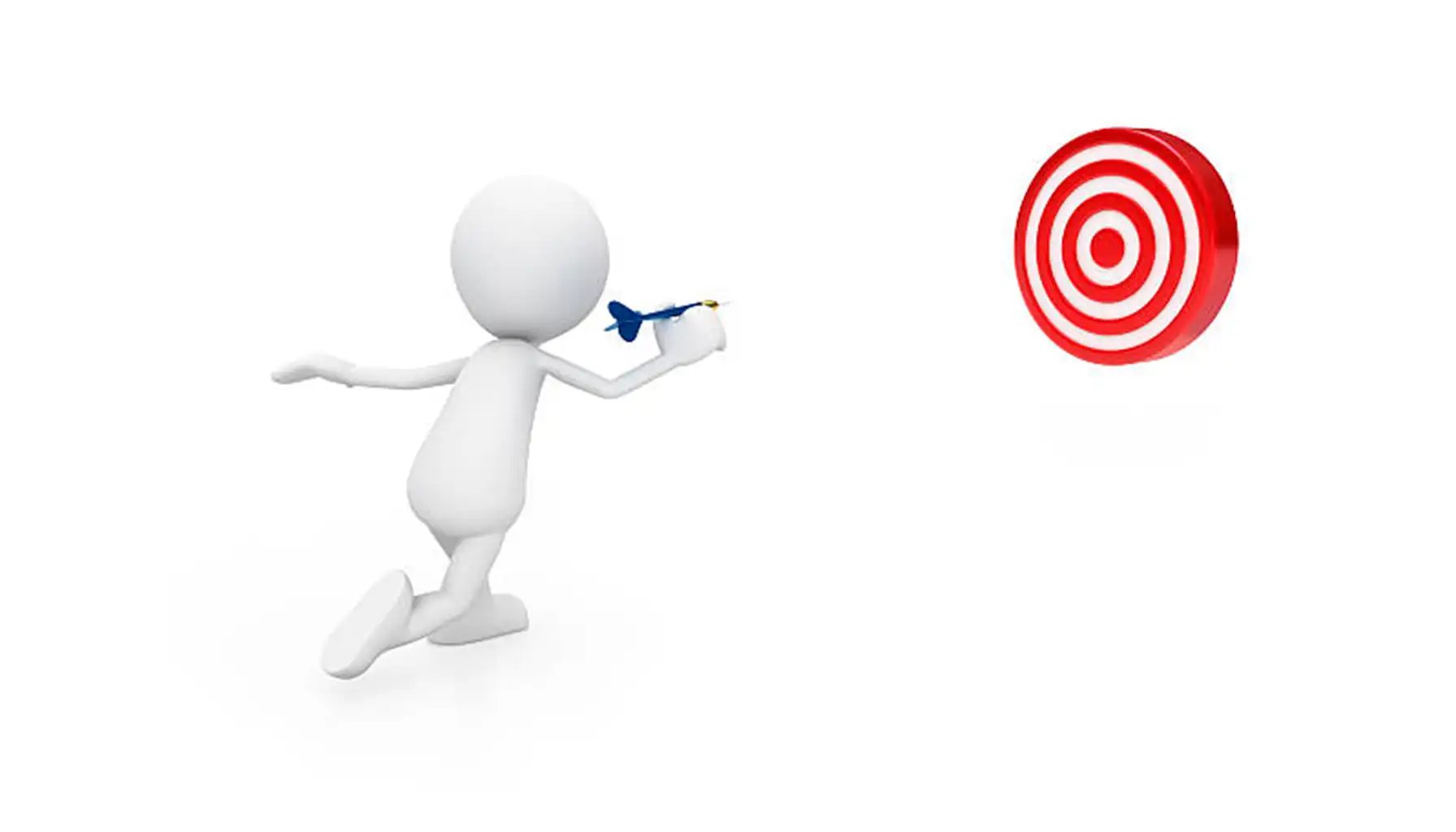
9. Paper Toss into Target Bin
Crumple paper and toss it from varying distances into a bin. Adjust your stance and throw angle. This game improves judgment of force and angle.
Use smaller receptacles to increase difficulty. Note your hit rate and aim to improve. Try tossing while standing on one leg for balance training.
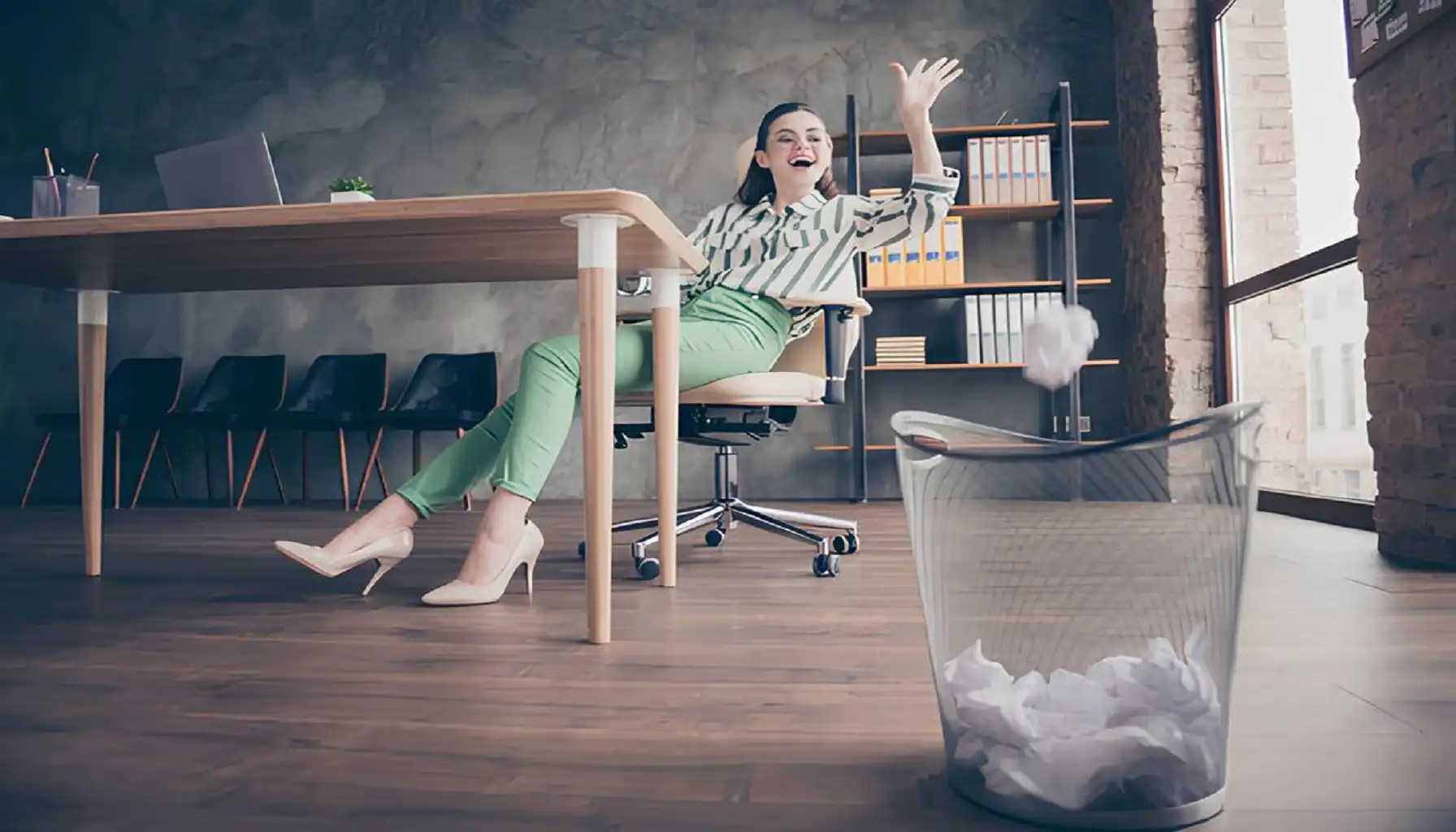
10. Catch with One Eye Closed
Stand close to a partner and toss a ball underhand. Close one eye and catch with both hands. Switch eyes after a few catches to challenge depth perception.
Gradually increase throwing distance to test depth cues. Practice catching small objects like bean bags. Focus on your hand placement under limited vision.
Also read: What Are Heteronyms?
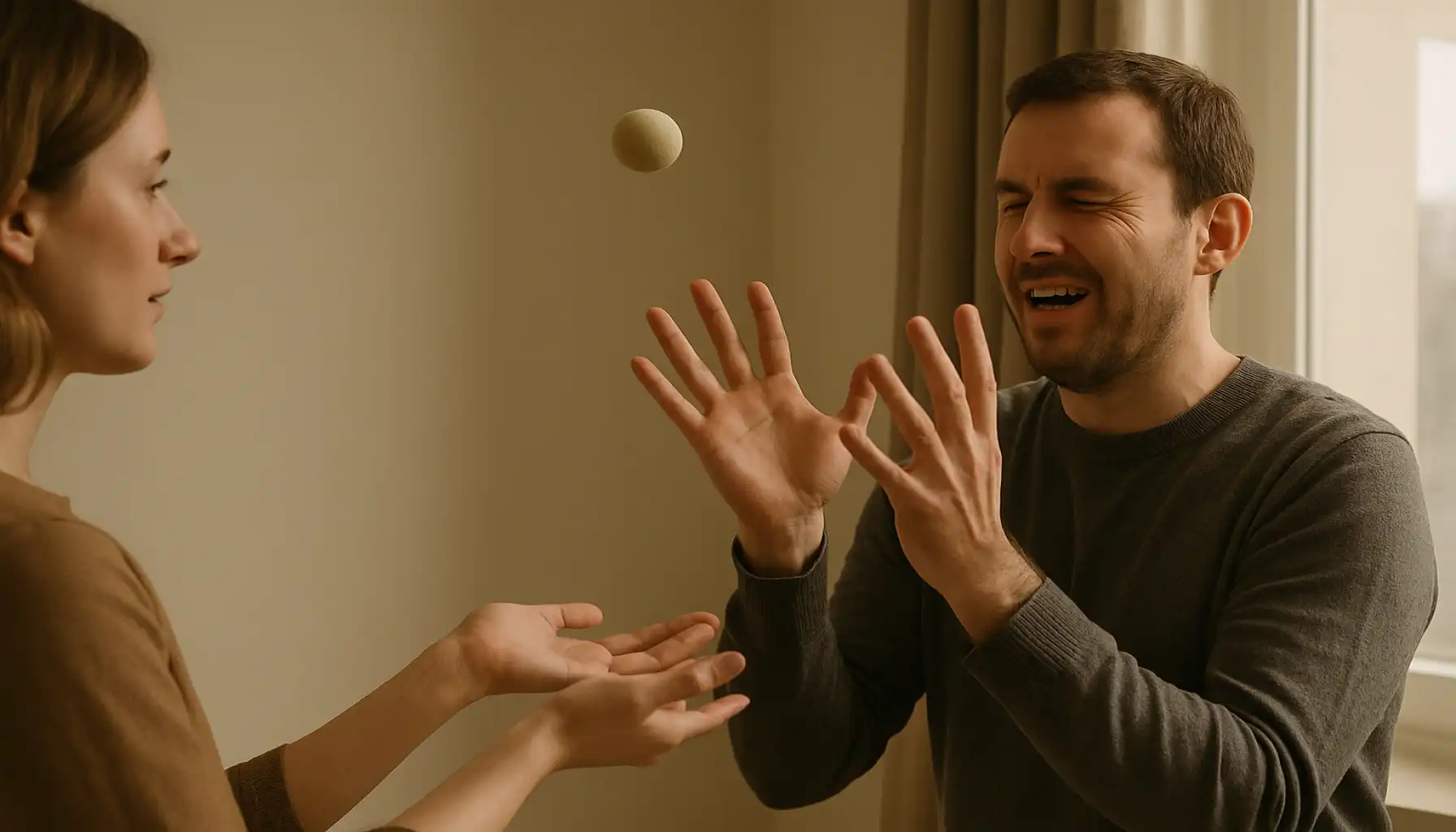
Do Video Games Help Hand-Eye Coordination?
Numerous studies ask do video games improve hand-eye coordination by measuring players’ reaction times. Researchers find that regular gameplay can speed up reflexes by up to 20%. Gamers often respond faster to visual cues than non-gamers.
Experts also explore how does playing video games affect hand-eye coordination across age groups. Young players show larger gains in tasks requiring split-second timing. Older adults also benefit by maintaining sharp response skills.
Certain titles qualify as hand eye coordination video games because they demand precise control. Fast shooters, sports sims, and flight games train target tracking and fine movements. Players practice aiming, timing, and spatial judgment with each session.
Casual apps can serve as a hand eye coordination game by blending challenge and fun. Simple tapping titles help beginners build basic skills. More complex adventures layer in strategy and timing.
Game Type | Coordination Benefit | Why It Helps |
First-person shooter | Improves target acquisition | Requires quick aim adjustments and split-second visual decisions |
Rhythm games | Enhances timing & rhythm | Syncs physical inputs to audio-visual cues for precise movement |
Puzzle games | Strengthens decision-making | Trains pattern recognition and hand placement under time pressure |
Best Game Types:
VR motion-tracking games: You use body movements to hit targets in 3D space, boosting gross motor skills.
Reaction-based arcade games: You tap or swipe as fast on-screen prompts appear, refining your reflexes.
Touchscreen puzzle apps: You drag pieces into place, improving fine motor control and spatial reasoning.
Top Tools, Toys, and Activities That Boost Coordination
Children and adults benefit from the best toys for hand-eye coordination on the market. You can find toys that promote hand-eye coordination in toy stores and therapy clinics. Many tools use bright colors and soft textures to keep practice fun and safe. They turn repetitive drills into engaging play for all ages.
Both parents and therapists use simple eye-hand coordination activities to build skills. Classic setups like ball toss and bead threading also count as eye hand coordination fine motor activities. These tasks help strengthen neural pathways and improve precision. Practitioners track progress with quick games during each session.
Professionals often consult the z health hand eye coordination chart to measure growth. They use it to select the right toys and set challenge levels. Therapists tweak activities based on each person’s chart results. This approach ensures steady improvement and clear goals.
Key Tools and Toys:
Toss-and-catch velcro balls: Soft balls stick to the mitt, making catching easier and boosting timing.
Threading beads: Colorful beads on a string train finger control and concentration.
Light reaction panels: Panels flash random lights that you tap, sharpening reflexes and attention.
Jenga or tower building games: Stacking blocks demands steady hands and spatial planning.
Also read: How to Improve Short Term Memory.
Common Issues and How to Fix Bad Coordination
Many people struggle with poor hand eye coordination when they first try sports or crafts. They may miss simple catches or fumble small objects. Those symptoms often point to underlying timing and focus gaps.
You can measure your skill with a simple hand eye coordination test. Set up a target toss or timed tapping exercise. The results show where you need more practice.
Coordination also suffers under influence. Remember, if you have been drinking the decision-making process and basic hand-eye coordination are both impaired. Alcohol slows your reflexes and clouds judgment.
Fixing bad hand eye coordination starts with rest and deliberate practice. Use the drills from earlier to retrain your brain and muscles. Gradually increase difficulty and track your improvement with regular sessions.
Issue | Coordination Effect | Recommended Fix |
Fatigue | Slower reaction time | Take breaks, hydrate, schedule rest |
Alcohol consumption | Impaired decision accuracy | Avoid drinking before tasks |
Poor sleep | Weakened reflex control | Improve sleep hygiene and routine |
Conclusion: Coordination is a Trainable Skill
Hand-eye coordination can improve with focused effort. You can treat it like any other skill. Regular drills reshape neural pathways and build muscle memory. You grow sharper with each practice session.
Elite athletes and surgeons rely on these exercises. They use basic drills to maintain peak performance. You can adopt the same routines. Commit to daily practice and watch your precision and reaction speed climb.
Learning how to increase hand eye coordination starts with simple drills. Lacking hand-eye coordination can make it difficult to catch, particularly when catching a ball. You can develop hand eye coordination through repeated exercises that strengthen your hand eye coordination skills. Stay consistent, and you will see steady improvement over time.



